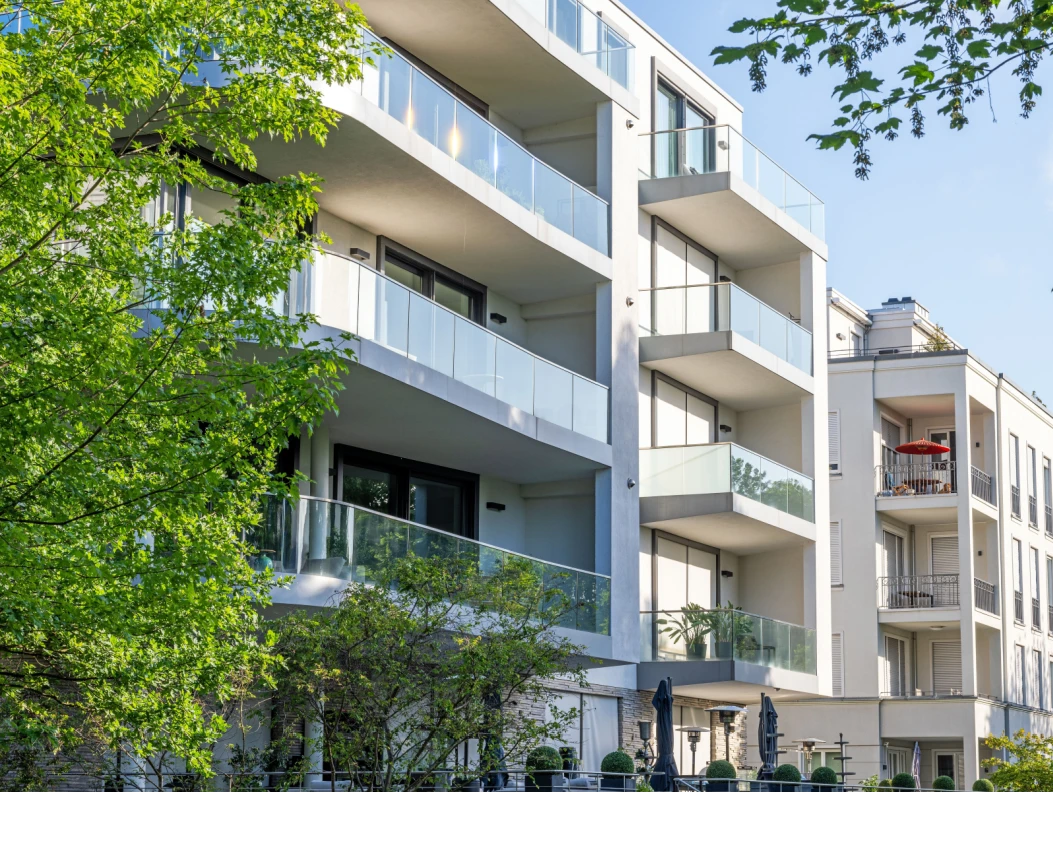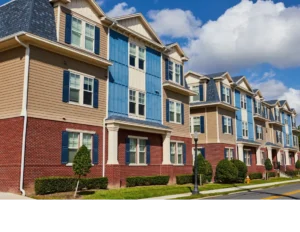You've cut expenses, raised rents, and optimized occupancy—now what?

Cost Segregation: The Tax Strategy Every Multifamily Operator Should Know
If you own or operate multifamily properties, one of the most overlooked ways to boost cash flow isn’t operational. It’s strategic, lives in the tax code, and it’s called cost segregation.
Most investors are familiar with depreciation: spreading out the cost of a building over 27.5 years (for residential) or 39 years (for commercial). But what many investors don’t realize is that not all parts of a building age at the same rate. Things like carpet, flooring, lighting, parking lots don’t last three decades and the IRS has guidelines to address the differences.
Cost segregation is the process of identifying and reclassifying certain components of a property so they can be depreciated faster (over 5, 7, or 15 years instead of 27.5). The result? You accelerate a greater share of your depreciation deductions into the early years of ownership.
What does that mean exactly? When you bring forward more depreciation, you get a bigger tax deduction now, which puts more cash in your pocket sooner.
Screen Your Tenant Today!
Gain peace of mind with AAOA’s credit, criminal, and eviction reports.
How it works: A cost seg study is typically done by engineers and tax pros who analyze your building, either through site visits or construction documents, and separate it into different categories based on how long each part is expected to last.
For example:
- Flooring, appliances, and carpets might fall into the 5-year bucket.
- Landscaping, sidewalks, or fencing could be depreciated over 15 years.
- The structural foundation, walls, and roof remain in the standard 27.5-year category.
This breakdown allows you to front-load a large portion of your depreciation into the early years of ownership. When paired with bonus depreciation, which still allows 40% of those accelerated assets to be deducted in Year 1 in 2025, the tax benefit is substantial.
Example: Let’s say you purchase a multifamily property with a $2 million depreciable basis. Under straight-line depreciation, you’d typically deduct about $70K per year (building value divided over 27.5 years). But with a cost segregation study, perhaps 30%–35% of the property qualifies for shorter depreciation lives.
That means in Year 1, instead of just $70K in deductions, you might deduct $375K. This includes the 40% bonus depreciation applied to the accelerated portion. That’s an extra $100K–$125K of tax savings and money that stays in your business.
That kind of upfront savings can:
- Offset rental income (or even W-2 income in certain cases)
- Boost cash-on-cash returns
- Fund upcoming CapEx without a refinance
Who should consider it?
Cost segregation isn’t just for institutional investors. If you:
- Own an investment property worth $100K+
- Plan to hold for 3+ years
- Have meaningful tax exposure
- Recently renovated or acquired a building
…then it’s worth running the numbers.
Common misconceptions:
- “It’s only for institutional portfolios.” – Plenty of owners who perform cost seg studies hold just one or two apartment buildings.
- “It’s too expensive.” – A quality study for a multifamily building might run $5K–$10K depending on size and complexity, but the tax savings often land in the six figures. For a $2M asset, it’s not uncommon to see a 10x return on the study cost.
- “You’ll have to pay it all back when you sell.” – Depreciation recapture is real, but the time value of money still works in your favor. And if you plan to hold long-term or execute a 1031 exchange, you can defer or eliminate that tax hit altogether.
Why now matters: Some investors are waiting on Congress to finalize whether 100% bonus depreciation will return. But bonus depreciation is just one part of the strategy and your eligibility depends on when the property was placed in service, not when you run the study.
If you bought or renovated a property in 2023 or 2024, you may still be eligible for accelerated bonus depreciation, even if you do the study now.
Plus, you potentially could receive 100%, depending on when the property was placed in service and if retroactive provisions are passed. Note that this only applies if your tax returns for that year are still open to amendment or you file a Form 3115 change in accounting method.
Key takeaway: Cost segregation is a legitimate, IRS-sanctioned strategy to maximize what you keep. For multifamily operators trying to improve cash flow without raising rents, it’s one of the most effective (and underused) tools on the table.
Source: Multifamily Insiders













 Accessibility
Accessibility